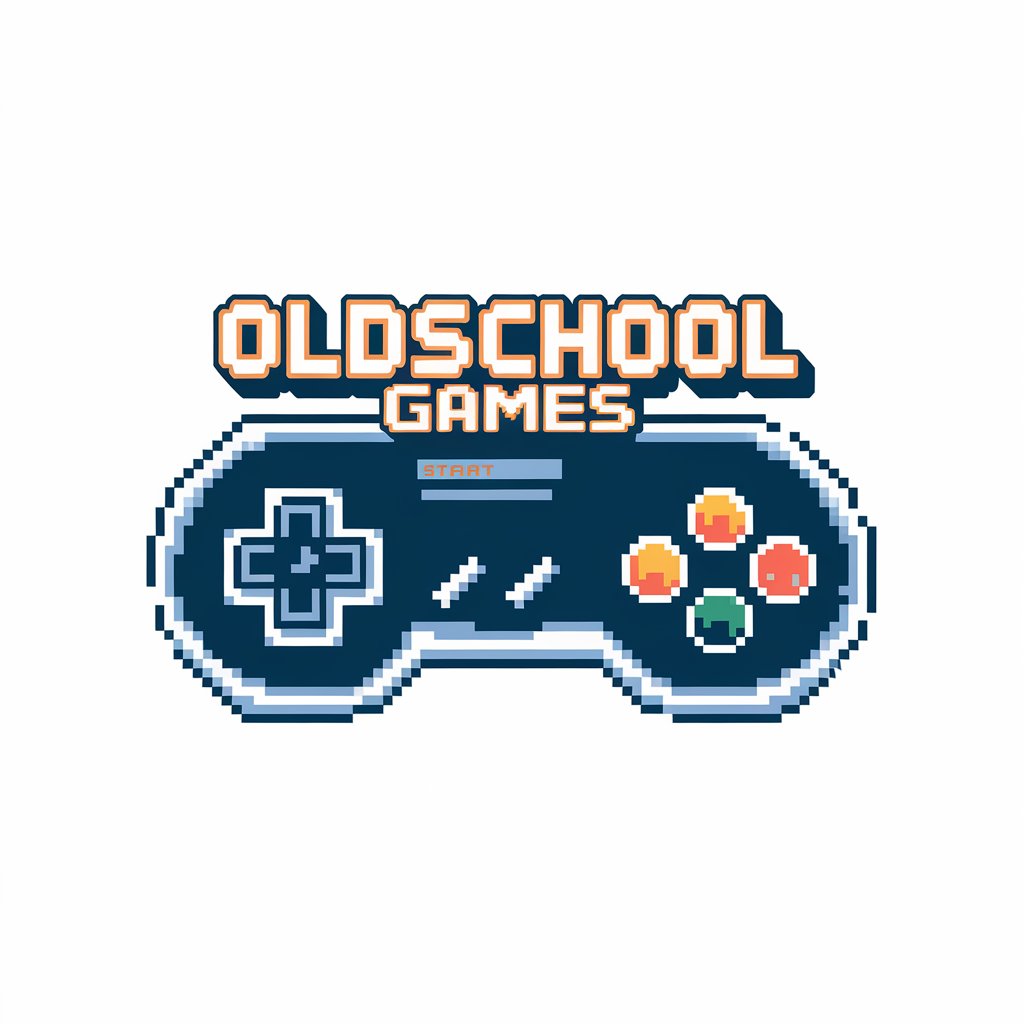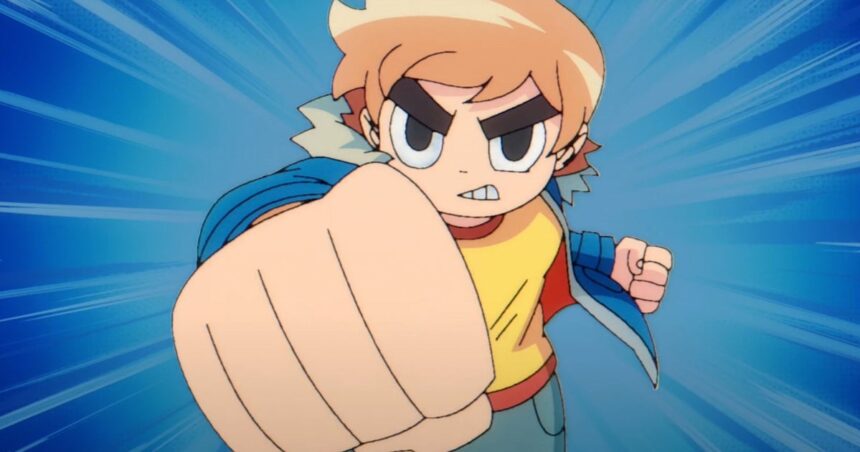You know why a bass line is important in a good rock song, right? It’s the whole foundation, the beating heart of the music that underpins everything else the song has to offer. That slick riff that comes in before the chorus wouldn’t land as well without some nice syncopated bass notes to make it soar. The drum fills wouldn’t feel as at home in the transitions without the bass to glue them to the rest of the beat. Even vocal melodies, when orchestrated properly, are elevated by a nice, recognisable and reliable bass line.
Yes, that may be a clunky metaphor, but go with me on this. That’s what the combat is in Scott Pilgrim EX. The original beat-em-up from 2010 – that’s the clumsily-titled Scott Pilgrim vs. the World: The Game – had an absolute solid foundation that, sometimes, was weighed down by everything else. To continue the bass analogy, it was like listening to Primus: one of the best bass players in the world surrounded by musicians that are perfectly fine, but nowhere near the level of Les Claypool.
To see this content please enable targeting cookies.
So, in Scott Pilgrim EX, Tribute Games has set to work correcting that imbalance. Now, it feels like all the other stuff that kept the original game at ‘Battle of the Bands’ level, rather than ‘sold out amphitheatre shows’ level, is being refined. I only played a 30-minute demo at Gamescom, but it’s like listening to the lead single off a band’s comeback album: it sets the scene, gives a sense of what’s to come, paints the sonic landscape for you, and gets you hyped.
The combat – that bass line – is as driven and insistent as ever. It’s smooth, buttery, and compelling. I wanted to keep playing. High praise during a packed Gamescom show where my next appointment was Silent Hill f. To give me a true sense of how it should be played, two devs joined me in my session, and the frantic melee on-screen as we hopped around the beaches (!?) and boardwalks of Toronto remained as itchy as ever.
In fact, it’s better than the first game. The devs and I chatted as we played, and many of the original game’s talent has returned for this one, brining new inspirations with them. Streets of Rage 4 and River City Girls were named-checked. Fights are more fluid, and given I’d never met the people I was playing with before, I was thrilled to see impressive multi-enemy juggle combos connect frequently: playing as one of two new playable characters (Roxie Richter), I juggled enemies right into the hands of Lucas Lee, who would keep them airborne for a brief thrashing until main man himself Scott unleashed a special move to finish them off. Pump it into my veins.
In true side-scroller fashion, the various environs are littered with intractable elements: skateboards to dash in on, volleyballs you could charge and throw to ricochet violently between the fretting goons on-stage, dropped weapons you could wail on vegans with until they broke. It’s all there, and as intuitive and delicious as any of its genre rivals. I actually think I enjoy the fantasy violence on show here more than I have in recent stablemates like Battletoads (2020) or Streets of Rage 4. But that could be because of the killer pixel art or the face-meltingly good music from Anamanaguchi.
I didn’t see enough of the game to know whether it addresses complaints about pacing that hamstrung the first title. Nor did I get enough time with it to see whether the power curve is a bit more generous. But in the slice I did play, sneezing out hadokens and whipping enemies into the air with Roxie’s sword felt powerful. More enemies with less life makes everything feel hyperactive (positive), and when bosses do appear you have to figure out their gimmicks and respond with brains and brawn to succeed. It takes the themes of the source material and applies it mechanically to the game. Delicious.
It’s funny, too. Scott has grown up in the 15 years since the first game, and even some of the more… regrettable… themes in the original material have been massaged here to be a bit more palatable. Scott doesn’t come off as (as much of a) privileged chauvinist in this game. That he can team up with Ramona’s exes, this time, shows personal growth: a willingness to let things slide, and forgo his ego in favour of the greater good. Good work, Scott.
I think, maybe, that’s the driving narrative here: Scott may be trapped in a microcosm of Millennial angst – which is now as nostalgic for Gen Z is as the 80s was for me, terrifyingly – but that doesn’t mean he can’t grow and change. As his character learns to adapt, so to do the developers. This is a beat-em-up as relevant and adapted for 2025 as the original game was to 2010.
The genre has been through something of a renaissance over the past 15 years, and it’s clear that the assembled supergroup of Tribute Games has been keeping a keen eye on what players expect from a modern attempt. The result is something I can’t wait to play more of, a sharp, acerbic action game packed to the gills with pop culture references old and new. But is that a surprise, really, coming from the team that made Teenage Mutant Ninja Turtles: Shredder’s Revenge?
“Hey, those green shells look familiar,” I joke as I skid a green turtle-like shell into a demon wailing on Lucas Lee. Even the spinning animation of it looks like something straight out of a 90s Mario game. “Haha, yeah,” jokes one of my dev teammates. “Just don’t tell those guys, yeah?” he winks, nodding over to the Nintendo booth across the Gamescom hall. We laugh. On-screen, a boss finally falls to the hands of a charged bomb blast that wipes out the huddled enemy masses.
Man, I think to myself, I can’t wait to do this at home.
Scott Pilgrim EX is scheduled to be released in early 2026 for PC, PlayStation 4/5, Xbox Series X|S, and Nintendo Switch.





